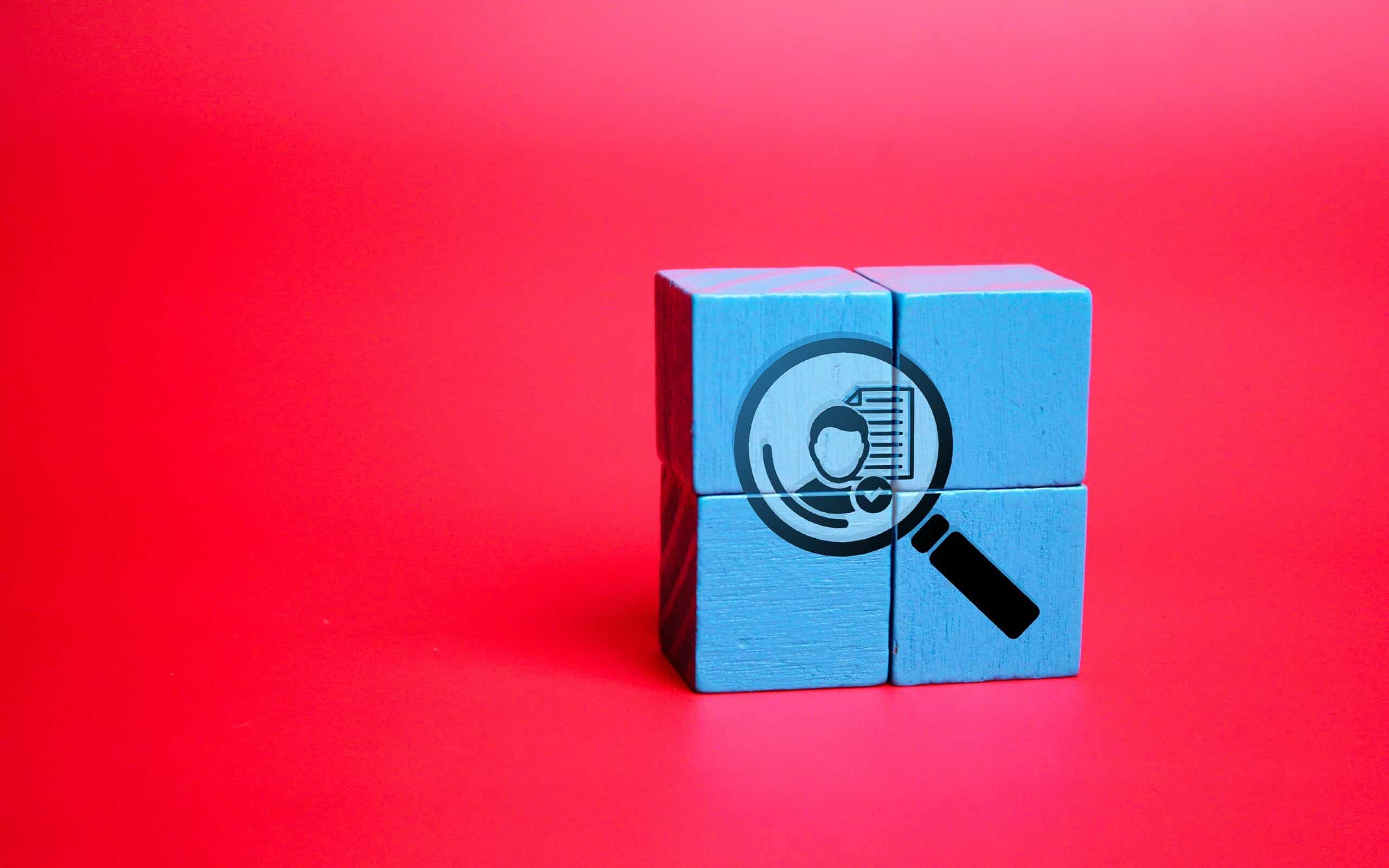
There are some set characteristics that make something what it is. We look for common characteristics that make a door a door. We look for certain characteristics in order to be able to call a type of vehicle a car. There are set characteristics for most common things that, when looked at together as a whole, allow us to define these common things as what they are. In business, a goal is to work within this framework in order to offer these characteristics but add features that make a product unique.
In an automobile, it is characteristic of door windows to be able to roll down. It wasn’t that long ago, however, that a feature was added by automobile manufacturers that allowed the door windows to roll down automatically with a push of a button.
Overview: What is a characteristic?
A characteristic can be defined as a distinctive feature that serves to distinguish something.
3 benefits of a characteristic
There are some clear benefits to certain characteristics that should not be overlooked:
1. Differentiation
Having defined characteristics allows for one type of product to be distinguishable from another.
2. Can imply a level of quality
Customers associate particular characteristics with a certain level of quality. By incorporating these types of characteristics into your products, your customers will associate your goods with having a higher quality level.
3. Consistency
If your product design has defined characteristics, you have parameters to meet every time, which is beneficial since you know when the work is done.
Why is a characteristic important to understand?
A characteristic is important to understand for the following reasons:
Characteristics can define the product for the consumer
Having an understanding of the types of characteristics your customers are looking for can help you deliver a product that meets their needs. If a product does not meet these set characteristics, it will most likely be seen as inferior by the customer.
They can serve to make your product unique
Understanding the defined characteristics that make a product fit within a particular class allows you to develop innovative features around those characteristics that can serve to make your products unique.
Innovation
While certain characteristics unify a group of products into one category, understanding the characteristics can lead to innovations within those parameters.
An industry example of a characteristic
In 2013, a baker by the name of Dominique Ansel decided to create a baked good that combined the characteristics of both donuts and croissants into one pastry. Getting it just right took over two months for the baker to master. The pastry debuted on May 10th of that year and was written about in a restaurant blog the very same night. Within a few days, the bakery had lines of up to 100 people waiting to try the new pastry. The concept was an immediate hit as it brought together the characteristics of two individual items that people enjoyed in a way that made sense. This pastry became known as the Cro-Nut and was trademarked ten days after its debut.
3 best practices when thinking about characteristics
Here are some best practices to employ when thinking about characteristics:
1. Know the characteristic preferences of your customer base
Knowing the characteristic preferences of your customer base will help you deliver products that will keep them happy.
2. Observe the characteristic preferences of the majority
Unless you are intentionally trying to serve a particular niche market, making sure your products reflect the characteristic preferences of the majority is preferred.
3. Find ways to offer features around set characteristics
Being able to offer compelling features around your product while observing the characteristics that make it fit within a certain category of goods can help separate your product from the competition.
Frequently Asked Questions (FAQ) about characteristics
What is the difference between a characteristic and a benefit?
A characteristic is a feature of a thing that makes it distinguishable, while a benefit is an advantage.
What are some of a product’s characteristics?
The characteristics of a product include its usability, price, performance, size, and color.
What is an example of a common characteristic of a product?
One example of a common characteristic of refrigerators is that it is expected that they are able to keep food cold.
Maintaining certain characteristics of your products
We all want to be able to offer products that are new and exciting. It is important, however, that the characteristics of your product meet the expectations of what your customers expect from that type of good. Being able to offer innovations and features on top of meeting common characteristics will help ensure that you are delivering a product that customers will be happy with.